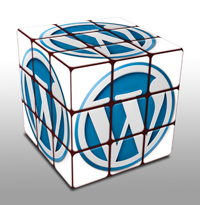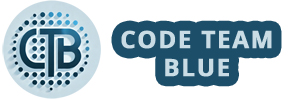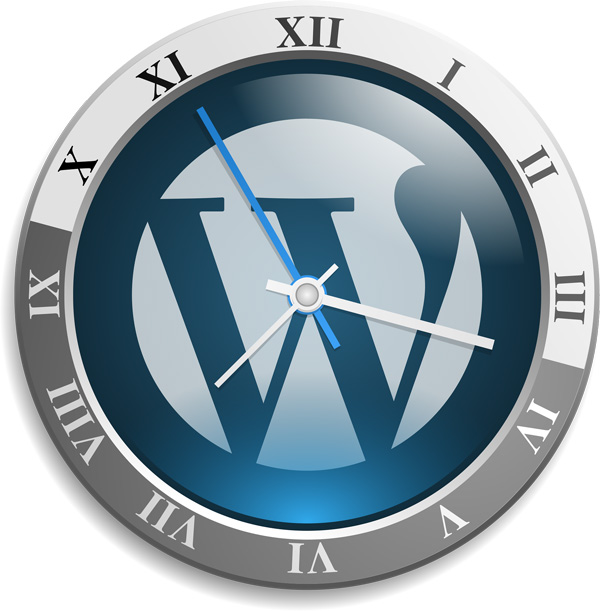What are WordPress Caching Engines?
Caching is the process of storing frequently accessed data (such as web pages, images, or database queries) in a temporary storage area so it can be served faster the next time it’s requested. Instead of generating each page from scratch on every visit, caching engines deliver pre-built versions almost instantly.
There are two main types of caching:
- Browser caching: Stores website resources on the user’s device.
- Server-side caching: Saves pre-rendered pages on the hosting server, reducing the need for repeated PHP and MySQL processing.
In this article, we’ll focus on server-side caching — not what’s stored in your browser.
Why Caching Matters
Without caching, every visitor triggers fresh database queries and PHP executions, increasing page load times and server strain. A caching plugin or engine:
- Reduces page load time from seconds to milliseconds.
- Improves Core Web Vitals, a major Google ranking factor.
- Lowers hosting costs by minimizing CPU and memory usage.
- Enhances scalability so your site can handle traffic spikes.
For small sites with low traffic, caching might not seem critical. But once you have more than a handful of concurrent visitors, it becomes essential.
For example, when we had articles go viral on one of our UT sites, we saw 1,000 concurrent visitors per second and more than 100,000 visitors in a single day. At that scale, a caching engine alone isn’t enough — you’ll need proper load balancing in place. (Spoiler alert: we didn’t have it the first time it happened.)
The good news is that caching engines are much easier to configure today than they used to be. Many hosting providers now include them by default, requiring little to no setup. Our favorite WordPress hosts — WP Engine and SiteGround — both offer built-in caching systems that are extremely easy to configure.
Why Use a Caching Engine on a Low-Traffic Site?
SEO!
Google cares deeply about how fast your website loads and even detects whether you’ve enabled caching. If you’re investing time into SEO at all, enabling a caching engine should be one of your very first steps.
The Downsides of Caching Engines
Sometimes caching engines can cause issues — for example, when combining JavaScript and CSS files into one. Some WordPress themes can’t handle this properly, and the site might break.
If this happens, disable that specific feature. Unless you have a decent budget for a senior developer to troubleshoot, it’s often better to stick with the basic features your system supports.
Why I’m Always Flushing My Cache
The most frustrating aspect of caching for most users is that pages don’t always update immediately. You make a bunch of changes, refresh your page, and… nothing changes.
That’s because your browser (or the server) is still showing an old cached version. You’ll need to clear those stored pages so the system can rebuild fresh ones from the database.
There’s usually a button labeled “Flush Cache” or “Purge Cache” for this. It’s a simple task most of the time — but if you’re using a CDN like Cloudflare, it might take a few tries before the new version appears.
Popular WordPress Caching Engines
If you’re on a budget hosting plan and need to install and configure caching manually, here are some of the most popular options:
1. WP Super Cache
Developed by Automattic, WP Super Cache converts dynamic WordPress pages into static HTML files. It’s lightweight, easy to configure, and works well on shared hosting.
Pros: Simple setup, reliable, built by WordPress developers.
Cons: Fewer advanced features compared to premium plugins.
2. W3 Total Cache
A powerhouse solution that offers database, object, browser, and CDN caching. It’s favored by developers for its flexibility.
Pros: Comprehensive performance tools, supports CDN and minification.
Cons: Complex configuration — not beginner-friendly.
3. WP Rocket
A premium caching engine known for ease of use and excellent results. It automatically applies best-practice optimizations like lazy loading, database cleanup, and preloading.
Pros: Set-it-and-forget-it simplicity, great for SEO, compatible with most themes and plugins.
Cons: Paid license required.
4. LiteSpeed Cache
Ideal for sites hosted on LiteSpeed servers, this plugin provides full-page caching, image optimization, and built-in CDN support.
Pros: Extremely fast on LiteSpeed servers, comprehensive optimization suite.
Cons: Requires a LiteSpeed-based host for best performance.
5. NitroPack
A cloud-based optimization platform combining caching, CDN delivery, and code optimization in one. Perfect for users who want a fully automated solution.
Pros: Hands-off optimization, easy setup, works with any host.
Cons: Branding on the free plan, limited manual control.
Caching Engines vs Image Optimizers
While many caching engines include built-in image optimization, the two serve different purposes.
An image optimizer compresses and converts large images you upload to WordPress into smaller, web-friendly formats — improving load times. While this sounds great in theory, results can vary.
For example, if you upload a 5MB photo straight from your camera, no amount of compression can reduce it to a 100KB file without losing significant quality. The best approach is to resize and optimize images before uploading them to WordPress.
Looking for WordPress Help?
A caching engine is one of the simplest and most effective ways to speed up your WordPress site. Whether you’re managing a small blog or a high-traffic enterprise site, caching helps your site load faster, rank higher, and scale better — all with minimal effort. If all of this sounds overwhelming, Contact Us for help with optimizing your WordPress website.


